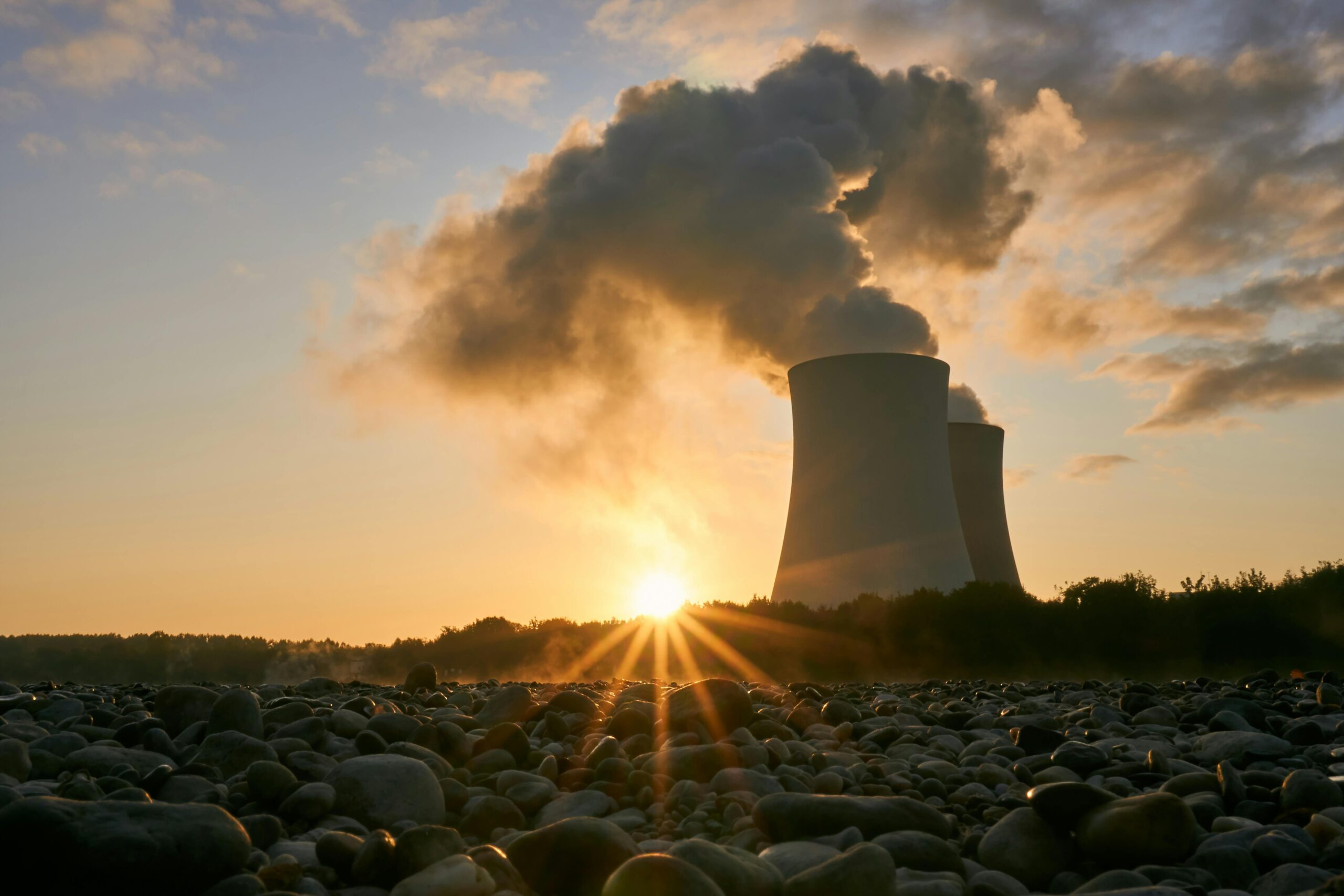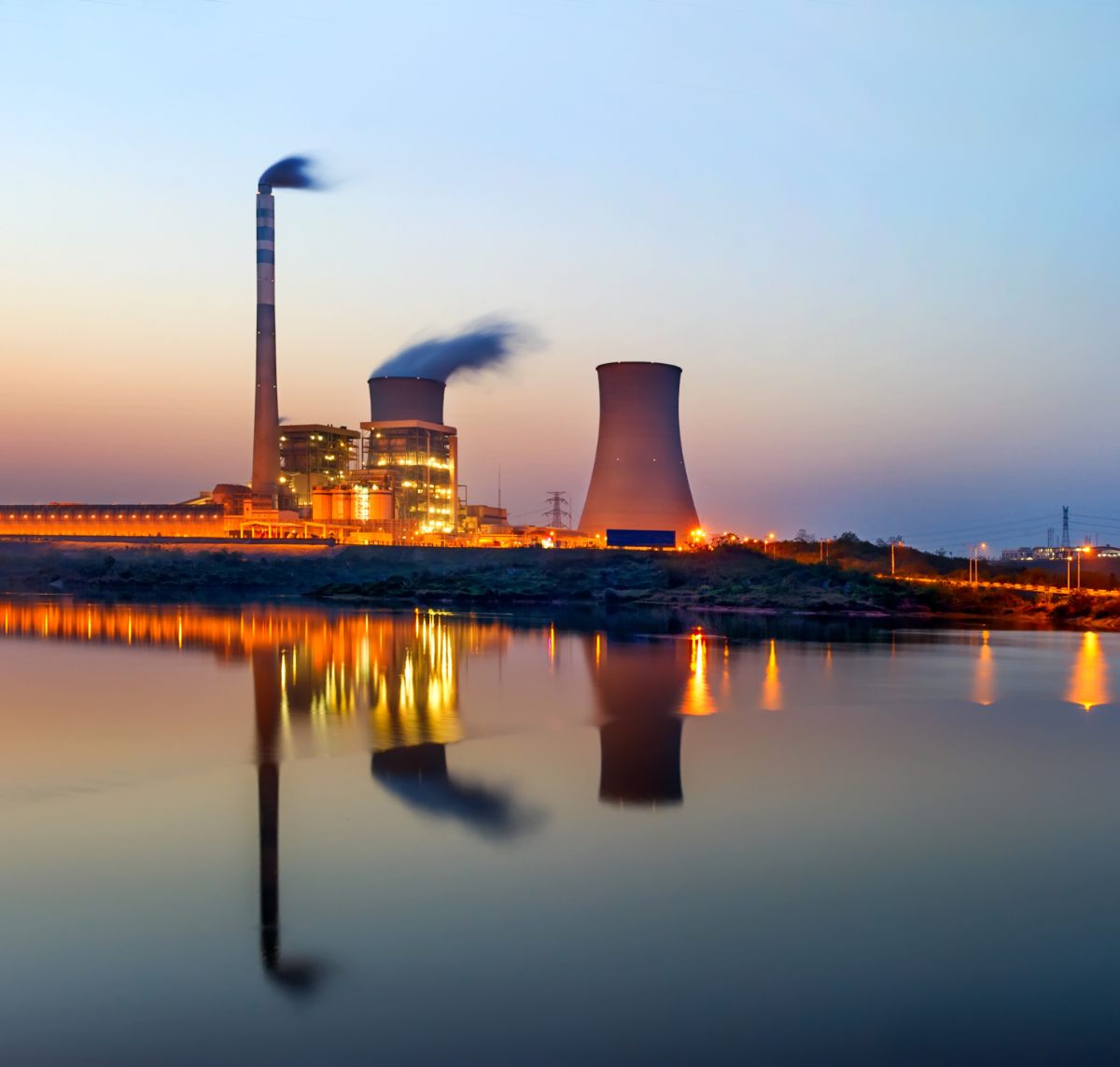Building a Nuclear Reactor: The Case of Bangladesh
Lately, social media posts have circulated online claiming that nuclear power stations can be constructed in a few years, with posters claiming Bangladesh just built two in as many years. This is a gross exaggeration at best. Bangladesh’s first nuclear power plant, the Rooppur Nuclear Power Plant, offers an illustrative example of the typical timeline and the multifaceted reasons behind the duration of such projects, and it is definitely not two years.
Timeline and Milestones
Initial Planning and Agreements: The journey of Bangladesh’s Rooppur Nuclear Power Plant began in 1963 with the purchase of the land but only gathered momentum in 2009 when the country signed a framework agreement with Russia to peacefully use nuclear energy. This phase is crucial as it involves feasibility studies, site selection, and initial safety assessments. These preparatory steps can take several years; in the case of Rooppur, it spanned roughly five years.
Design and Regulatory Approvals: Following the initial agreements, detailed design work commenced. This includes engineering studies, safety analysis reports, and obtaining necessary regulatory approvals. For Rooppur, the design phase extended from 2014 to 2016. Regulatory bodies must ensure that all designs comply with international and national safety standards, which involves meticulous scrutiny and can take up to two years or more.
Construction Phase: Construction of the Rooppur Nuclear Power Plant officially began in 2017, with the first concrete pouring for the reactor building. The construction phase is typically the process’s longest and most visible part. For nuclear reactors, this phase can take between 5 and 10 years. Rooppur is expected to be completed by 2024, marking a seven-year construction period. This duration includes building the reactor, establishing associated facilities and infrastructure, and installing and testing equipment.
Commissioning and Testing: The plant undergo extensive commissioning and testing once construction is completed. This phase ensures that all systems function correctly and meet safety requirements. For Rooppur, this phase is anticipated to take about one to two years, with an aim for full operation by 2025.
Factors Influencing the Timeline
Regulatory Requirements: The stringent regulatory environment is one primary reason for the extended timeline for building nuclear reactors. Nuclear power plants are subject to rigorous safety standards to prevent accidents and mitigate risks. Compliance with these standards involves comprehensive reviews and approvals at various project stages.
Technical Complexity: Nuclear reactors’ technical complexity necessitates meticulous planning and execution. Their design and construction require advanced technology and highly specialized expertise. Ensuring that the plant can safely manage nuclear reactions and contain radioactive materials is a highly technical task that cannot be rushed.
Financing and Economic Factors: Another critical factor is securing adequate funding. Nuclear power plants are capital-intensive projects, often requiring several billion-dollar investments. Delays in obtaining funding can extend the project timeline. For instance, the Rooppur plant, financed through a loan from Russia, required detailed financial arrangements and agreements.
Political and Environmental Considerations: Political stability and environmental concerns also play significant roles. The approval process can be delayed by political opposition, changes in government, or public resistance due to environmental and safety problems. Engaging with stakeholders, conducting environmental impact assessments, and addressing public concerns can significantly influence the timeline.
Conclusion
Building a nuclear reactor, as exemplified by the Rooppur Nuclear Power Plant in Bangladesh, is a lengthy and intricate process. From initial planning to the entire operation, it involves a series of carefully coordinated phases that ensure safety, technical precision, and regulatory compliance. Typically, the whole process can take 10 to 15 years or more. The extended timeline reflects the rigorous standards and meticulous efforts required to harness nuclear energy safely, emphasising the importance of careful planning and execution in high-stakes projects.

